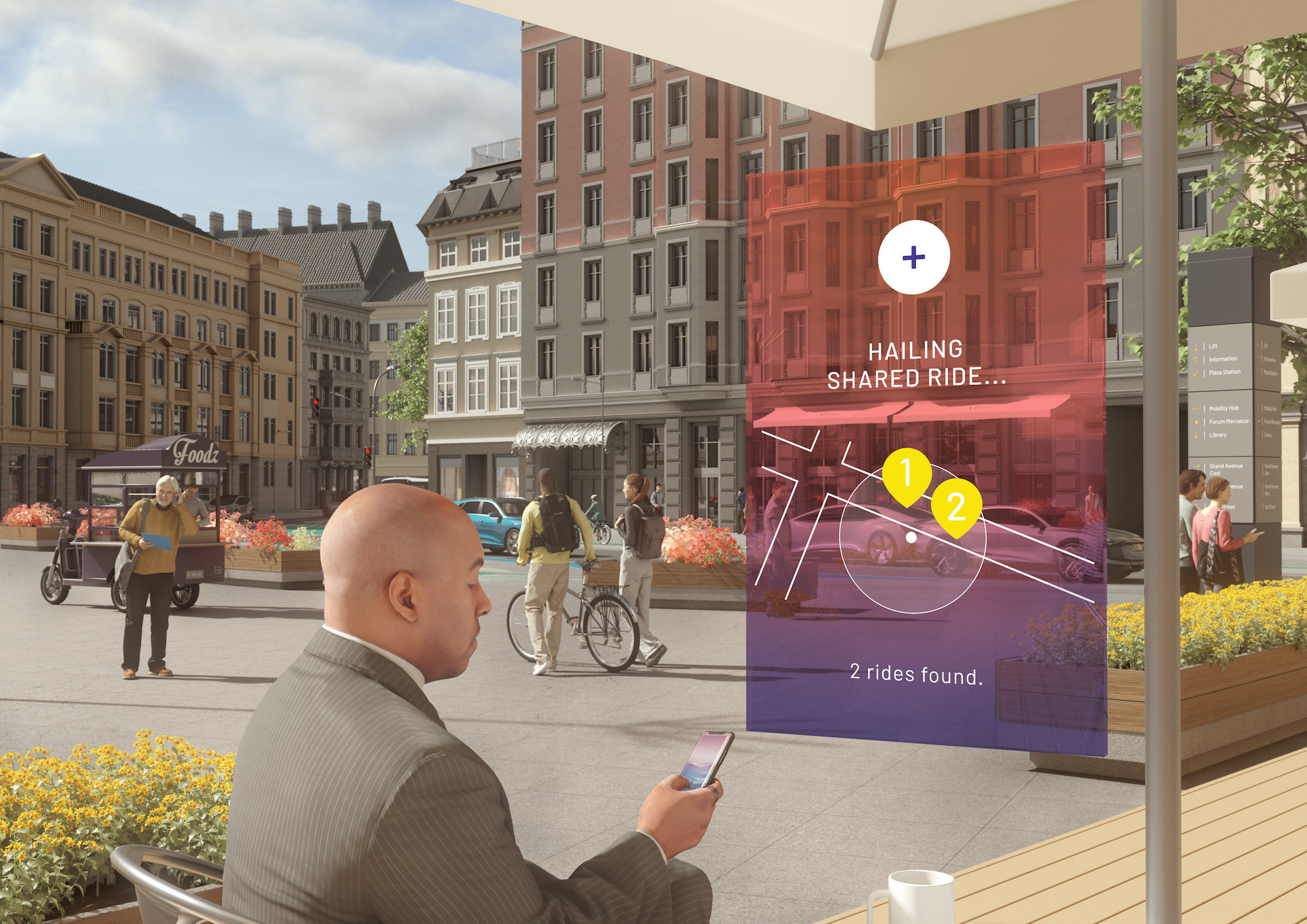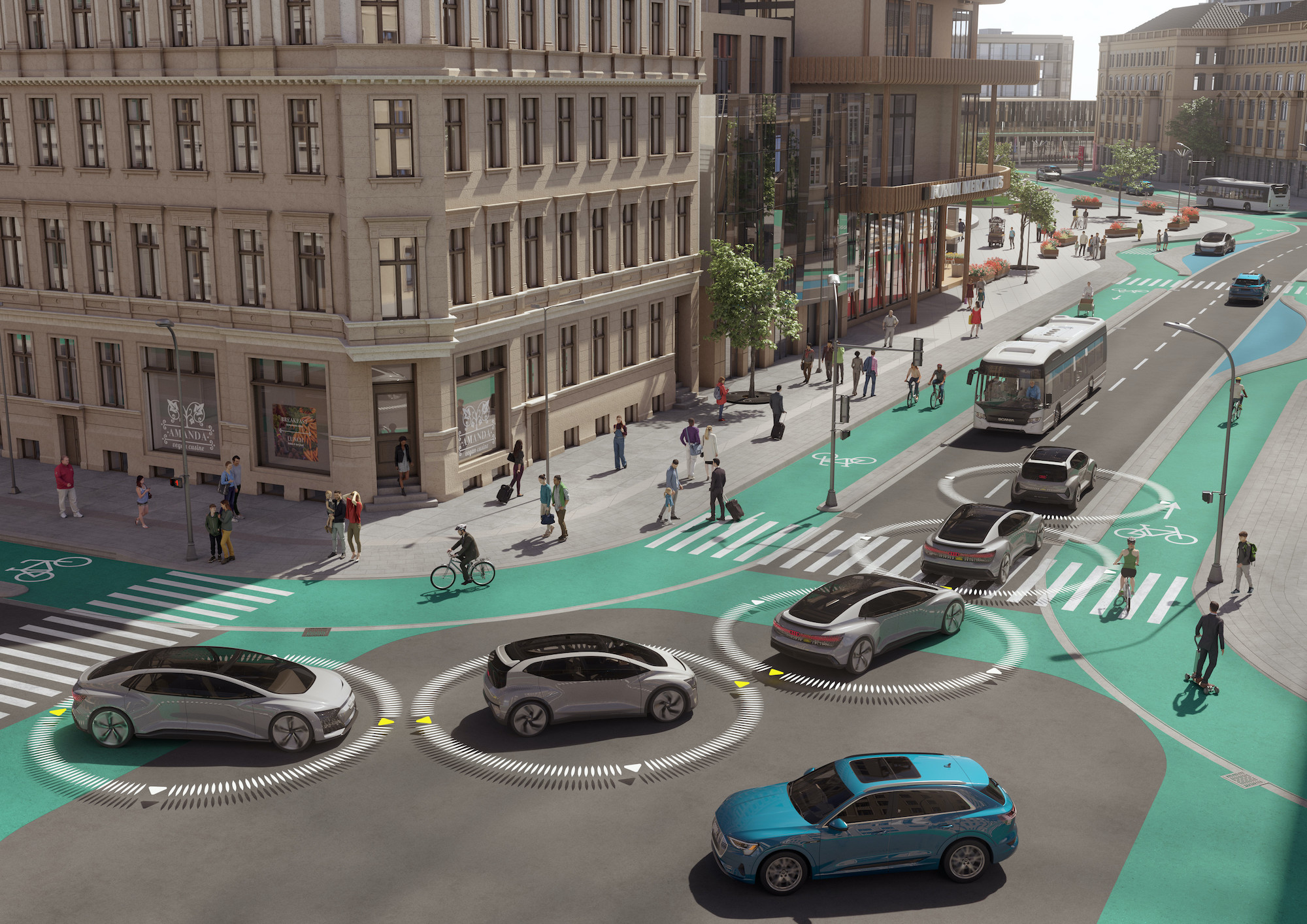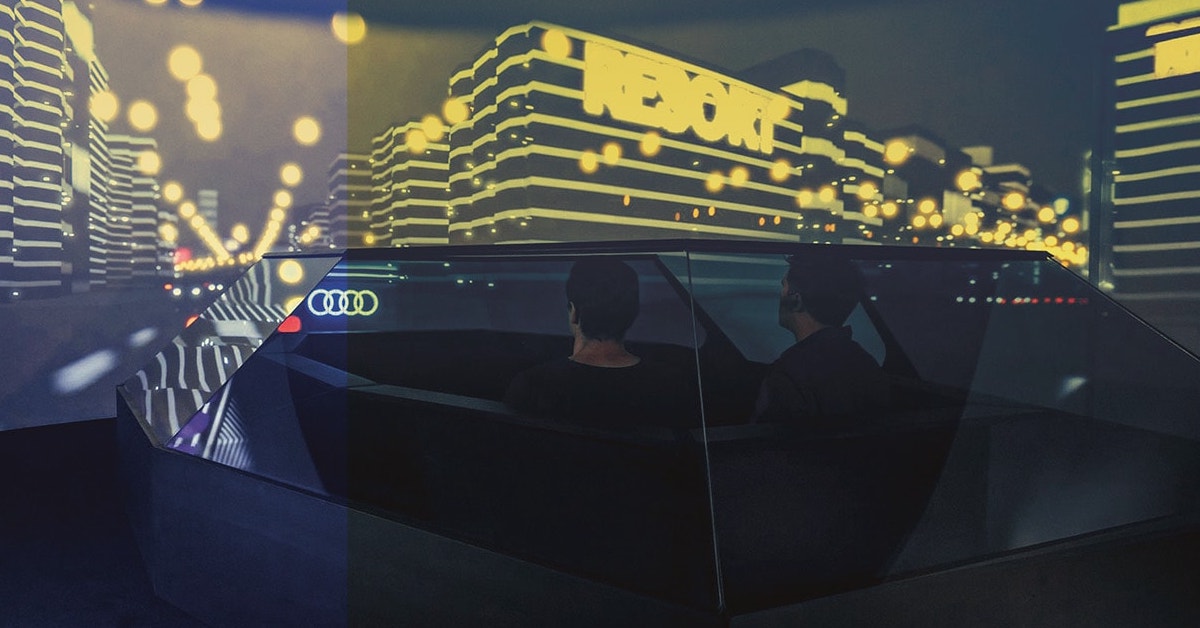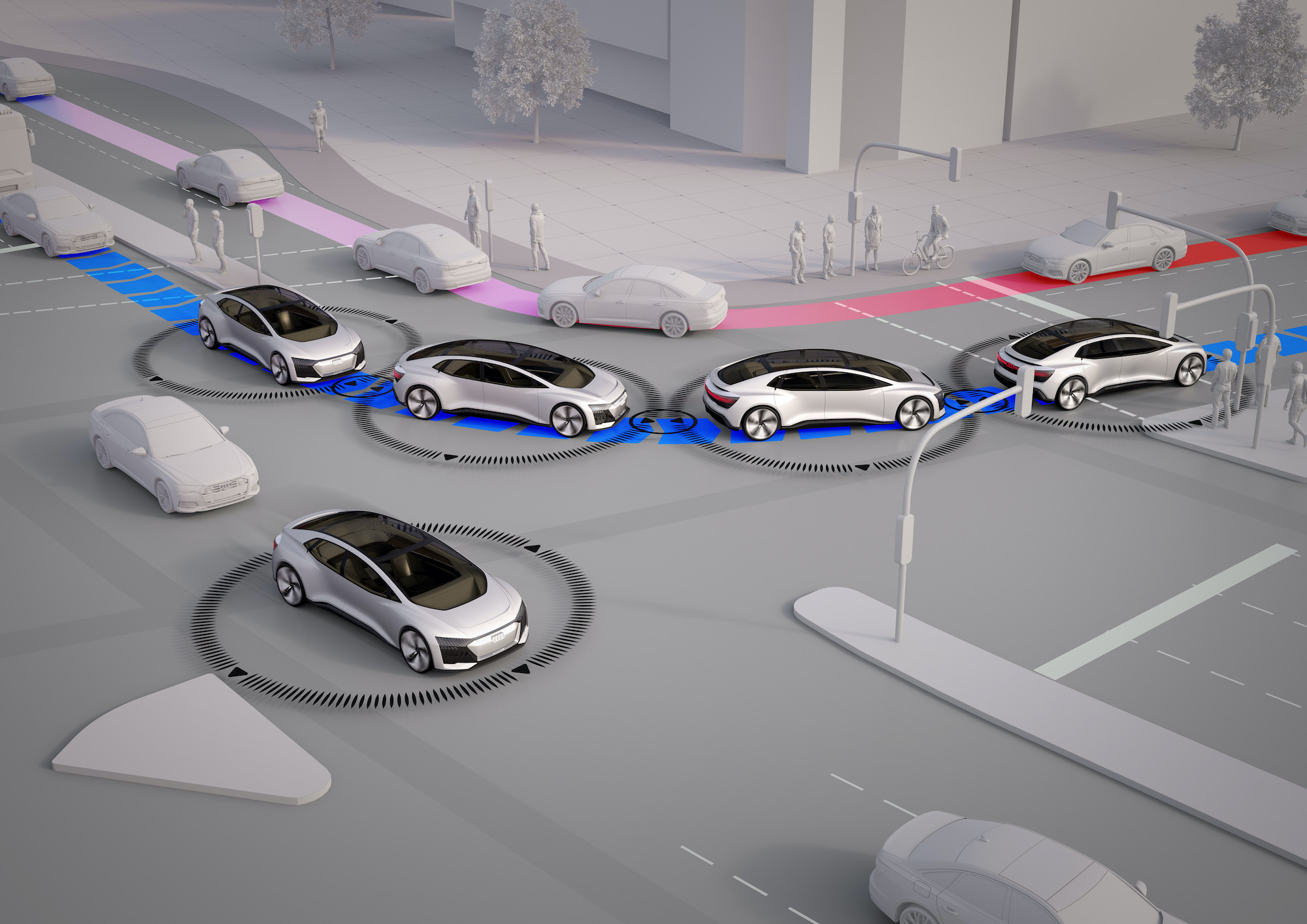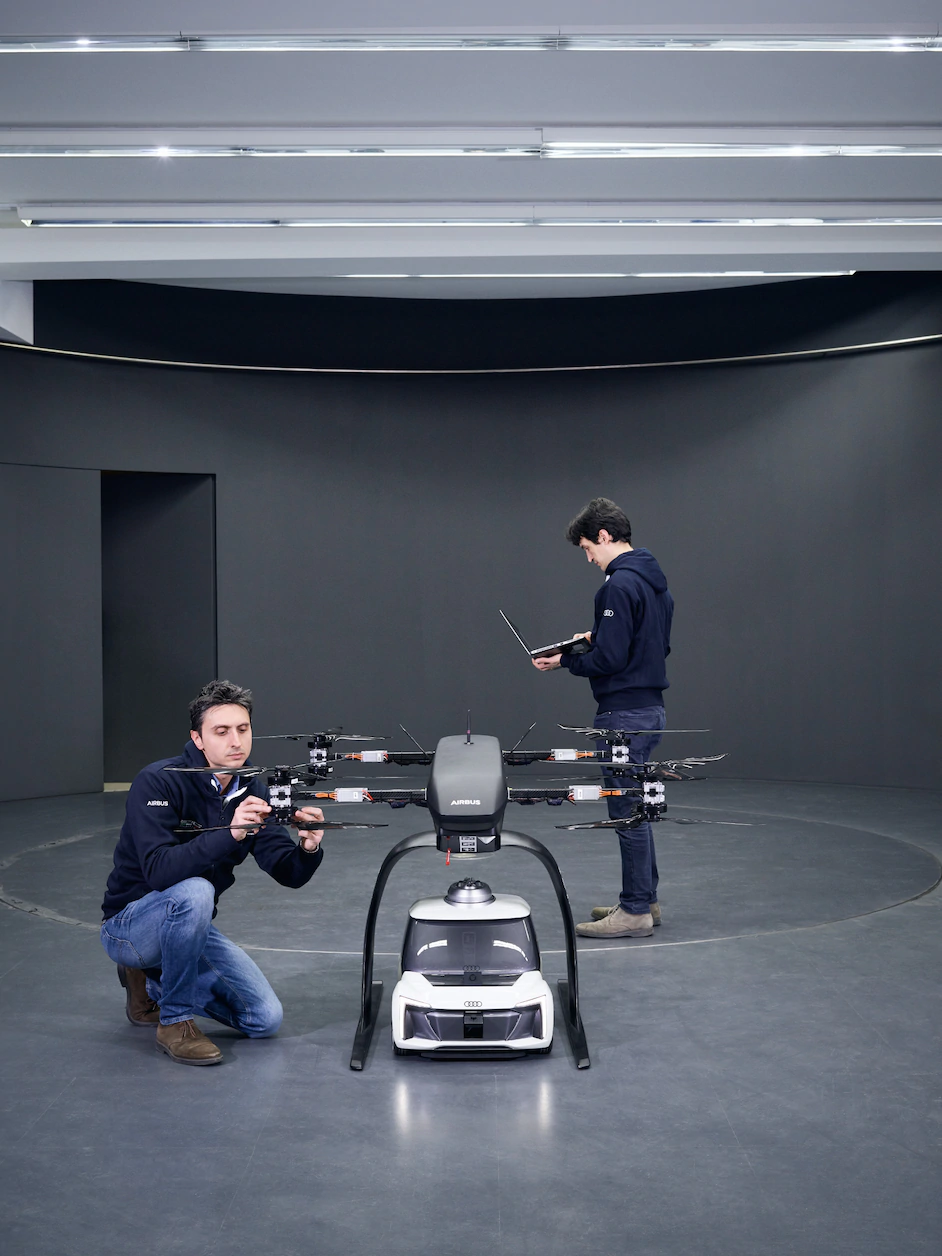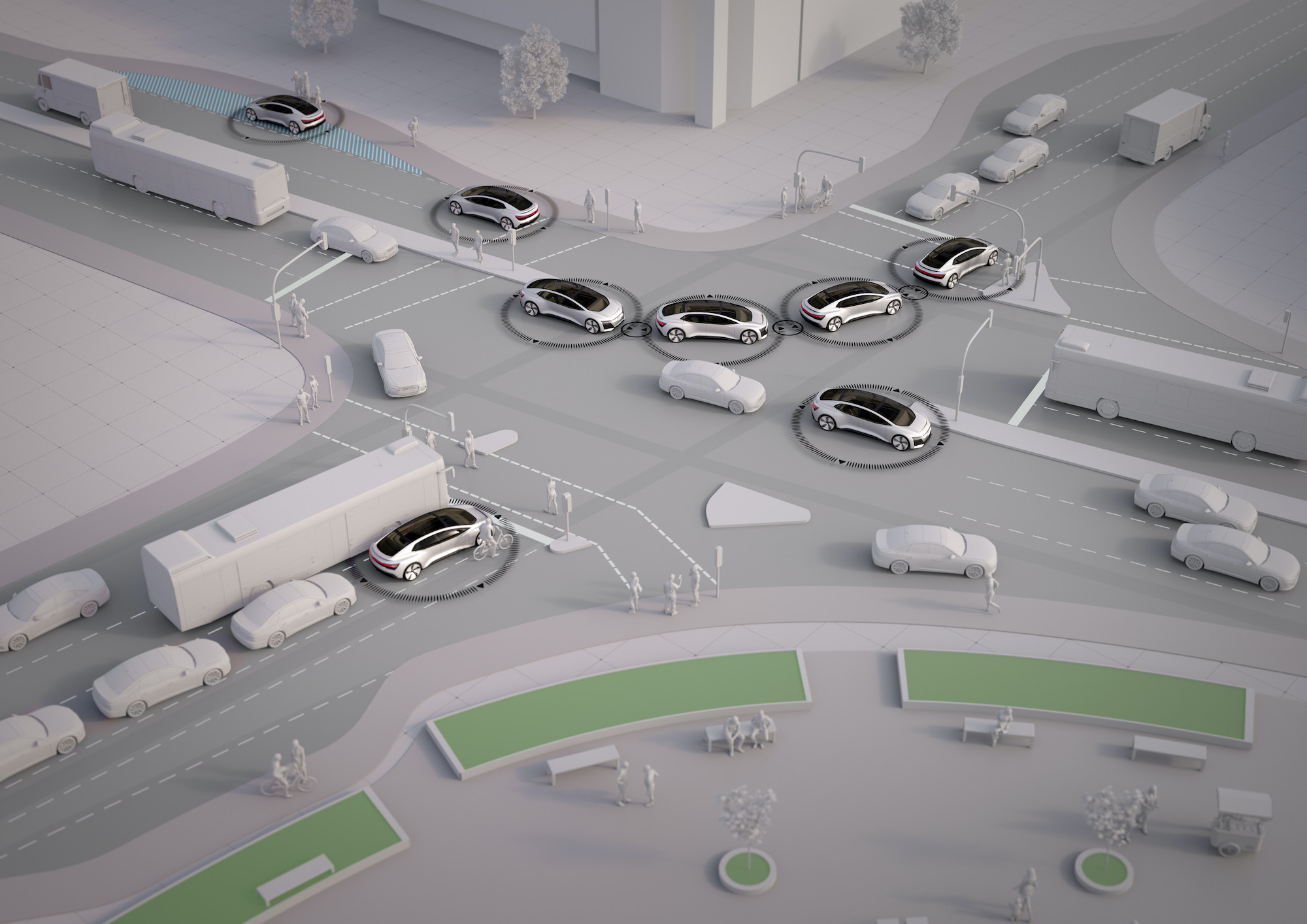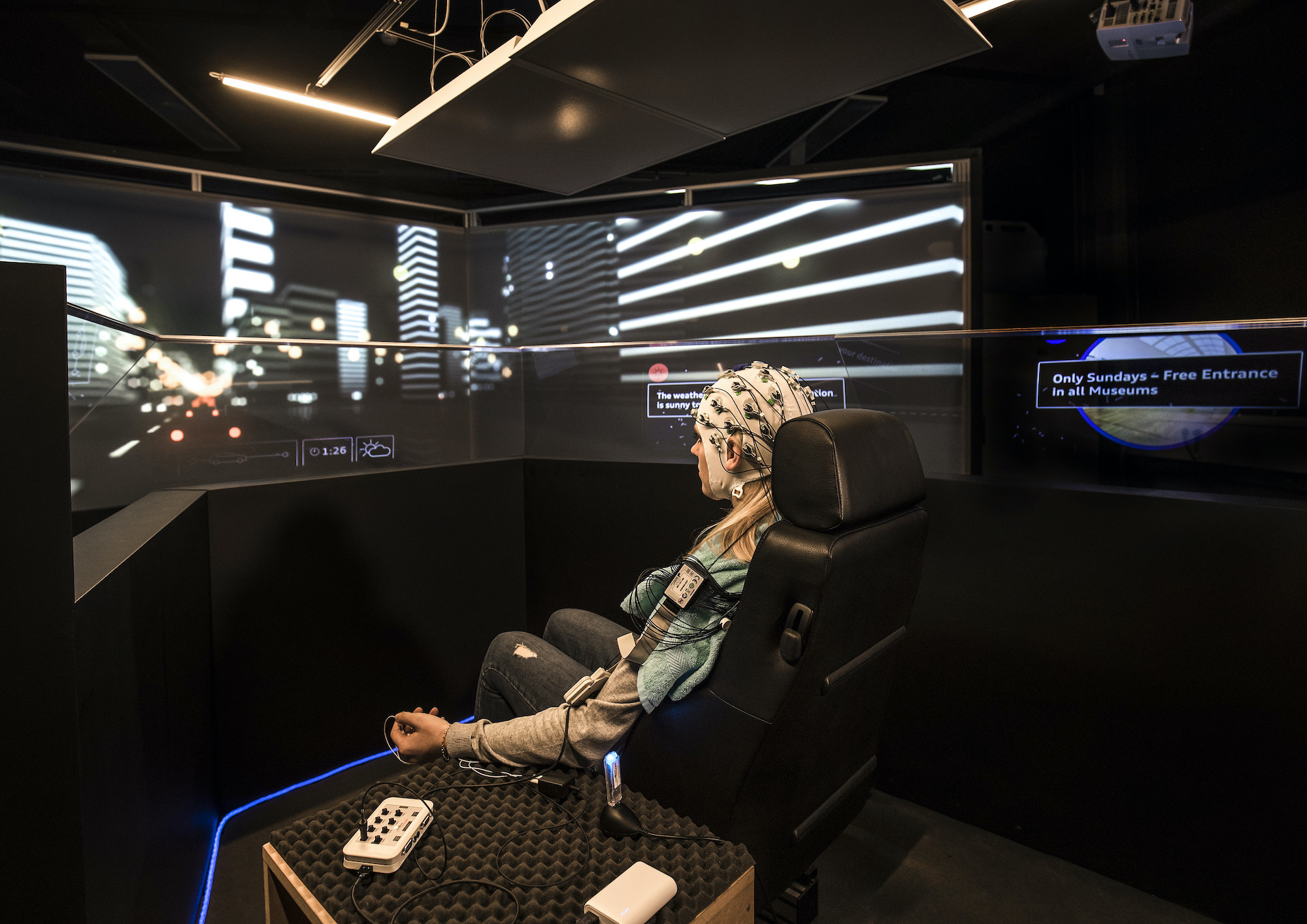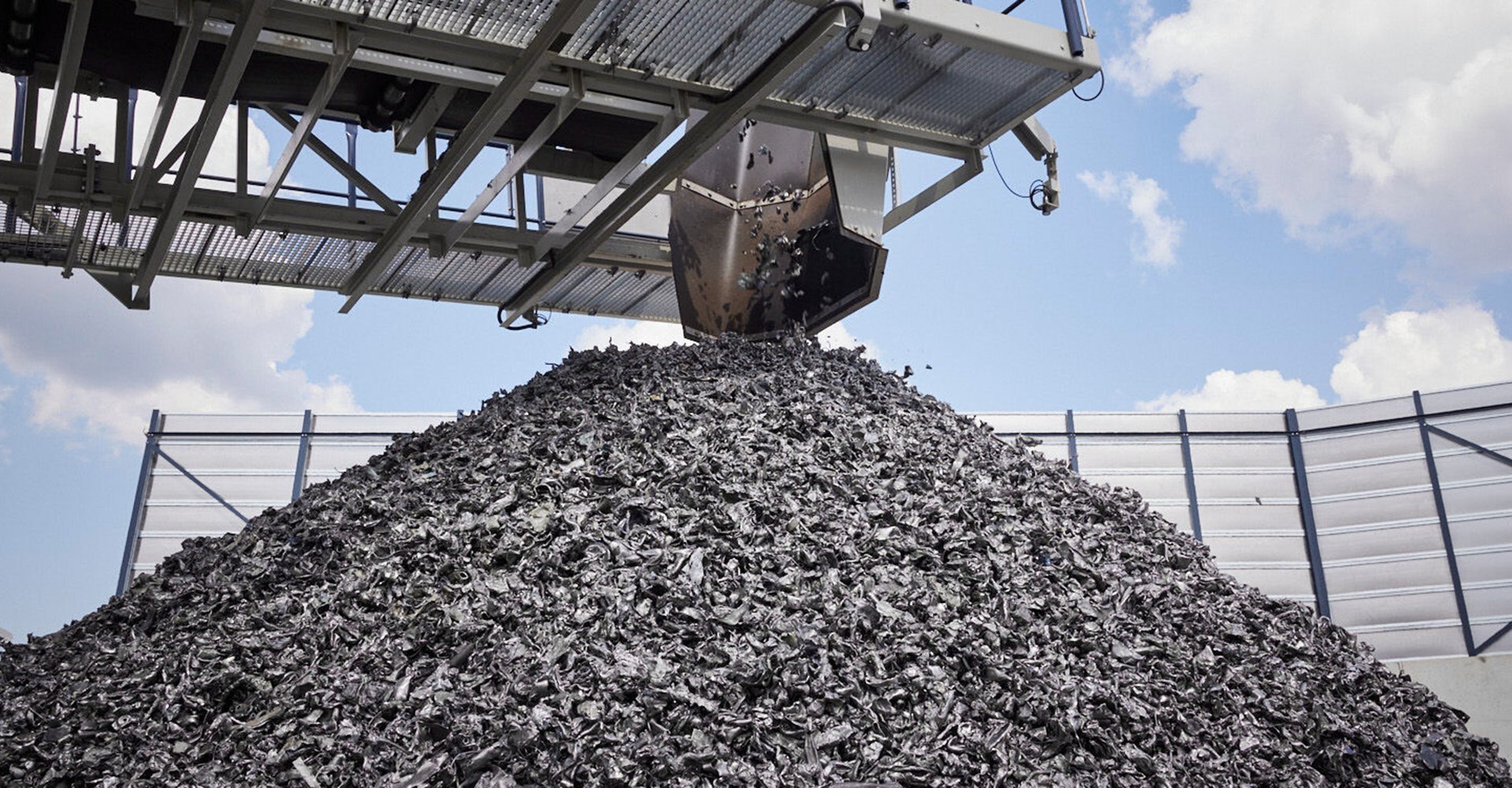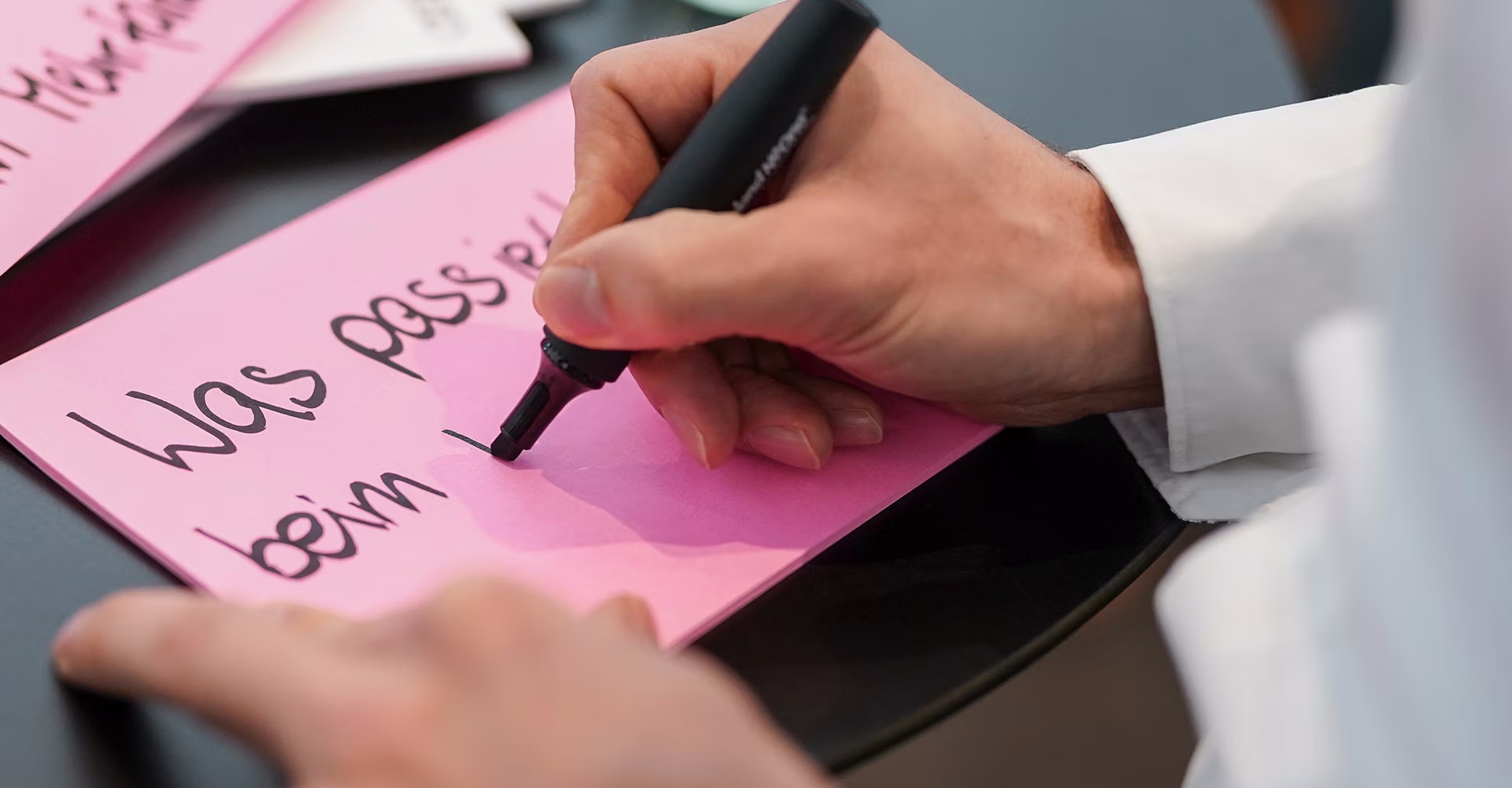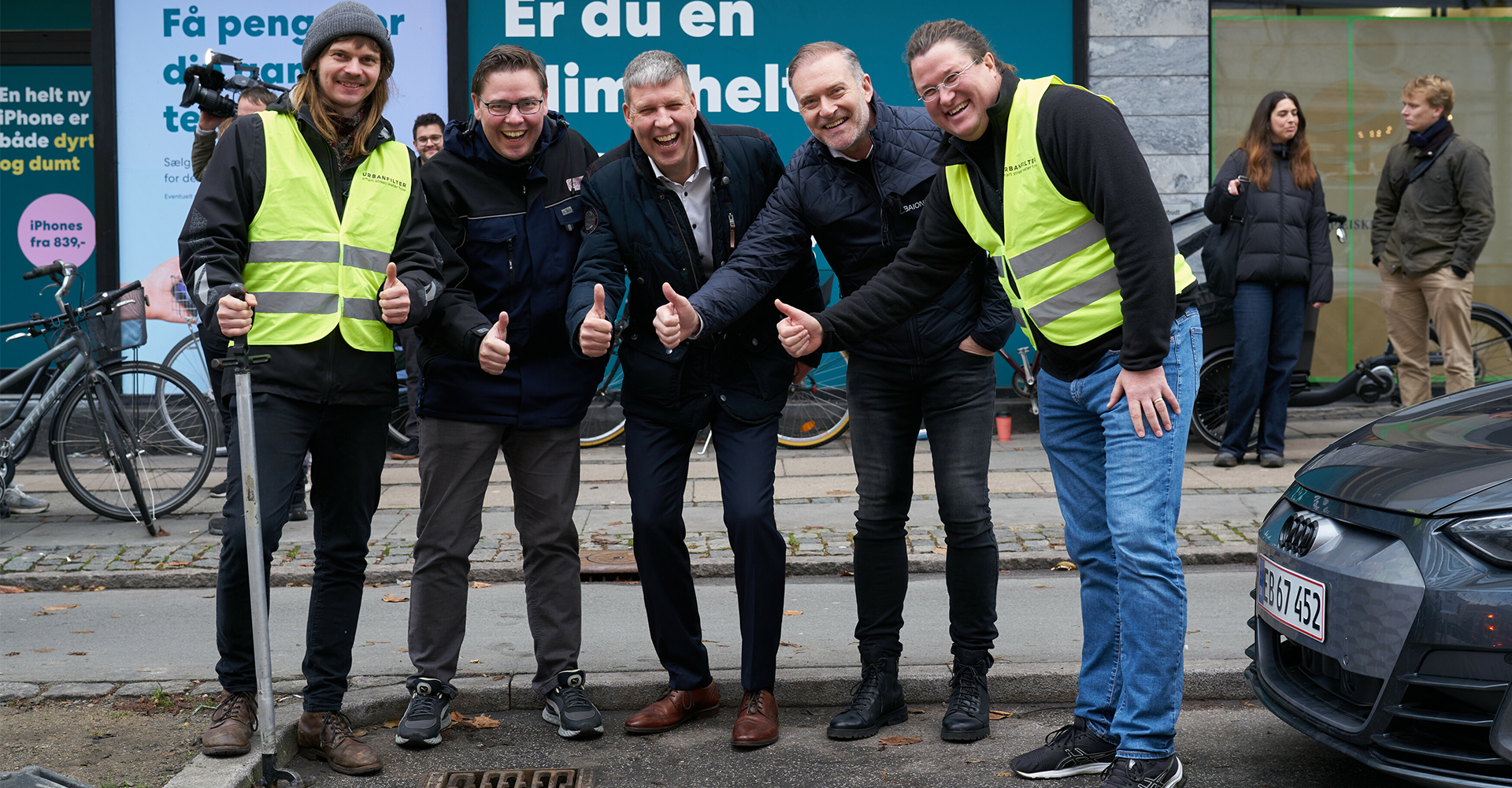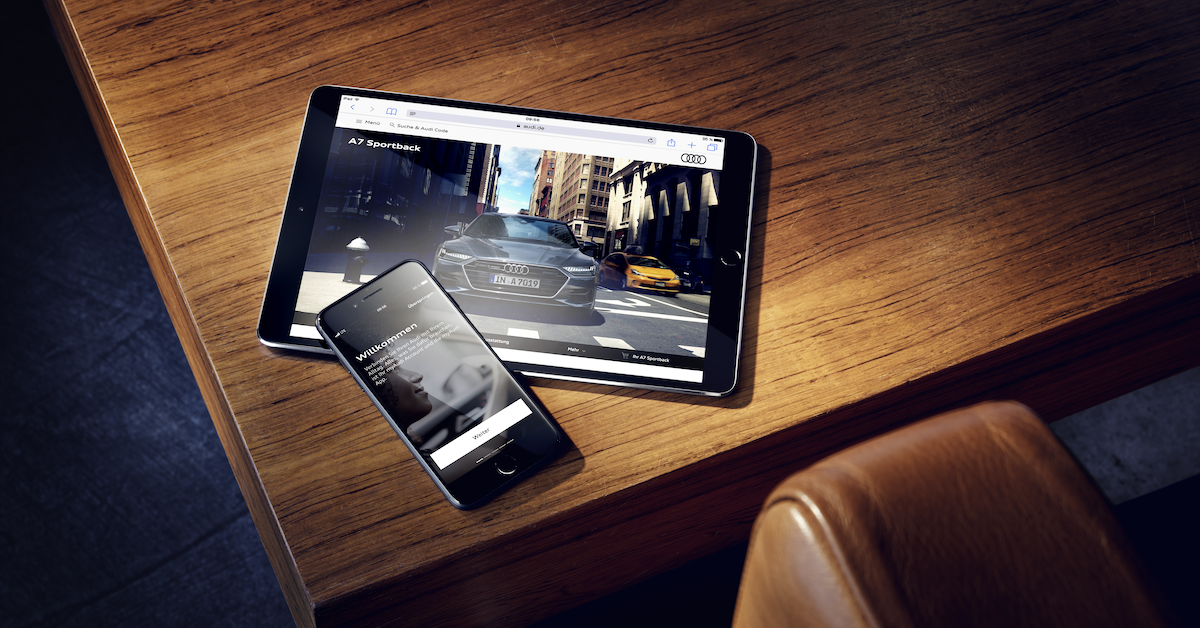trajnostni razvoj 5.11.2025
Avtonomni avtomobili bodo na dolgi rok pripomogli k reševanju prometnih težav v mestih. Njihove prednosti postanejo še bolj očitne, ko jih spremljata premišljeno upravljanje prometa in nekoliko višja zasedenost avtomobilov. Če bi se število oseb v posameznem avtomobilu z 1,1. povečalo na 1,3, ne bi več imeli prometnih zastojev. V popolnoma avtomatiziranem, povezanem prometnem sistemu bi lahko več ljudi (+12 %) v mestnem prometu potovalo veliko hitreje (-33 %).
Povezani, avtonomni in souporabljani avtomobili omogočajo tudi prerazporeditev uličnih površin in s tem višajo kakovost življenja v mestih. Z uporabo popolnoma avtonomnih vozil bi lahko vsak četrti vozni pas spremenili v stezo za pešce ali kolesarje. V raziskavi smo upoštevali tudi dejstvo, da bi avtonomni avtomobili omogočili večjo mobilnosti starejšim občanom, otrokom in osebam brez vozniškega dovoljenja, priročni robo-taksiji pa bi tekmovali z lokalnim javnim prevozom.
»Rezultati kažejo, da bi lahko avtonomni avtomobili, storitve mobilnosti in povezana infrastruktura znatno zmanjšali zastoje in cestne površine. Hkrati bi lahko več mladih in starejših ljudi potovalo varno in priročno. Kakovost življenja v mestih bi se na ta način dramatično izboljšala. Te ugotovitve nas spodbujajo k nadaljnjemu vlaganju v avtonomne avtomobile, kot je Audi Aicon, storitve, kot je Audi na zahtevo, in tehnologijo, kot je Audi traffic-light information,« pravi Melanie Goldmann, vodja oddelka komuniciranja trendov pri Audiju.

